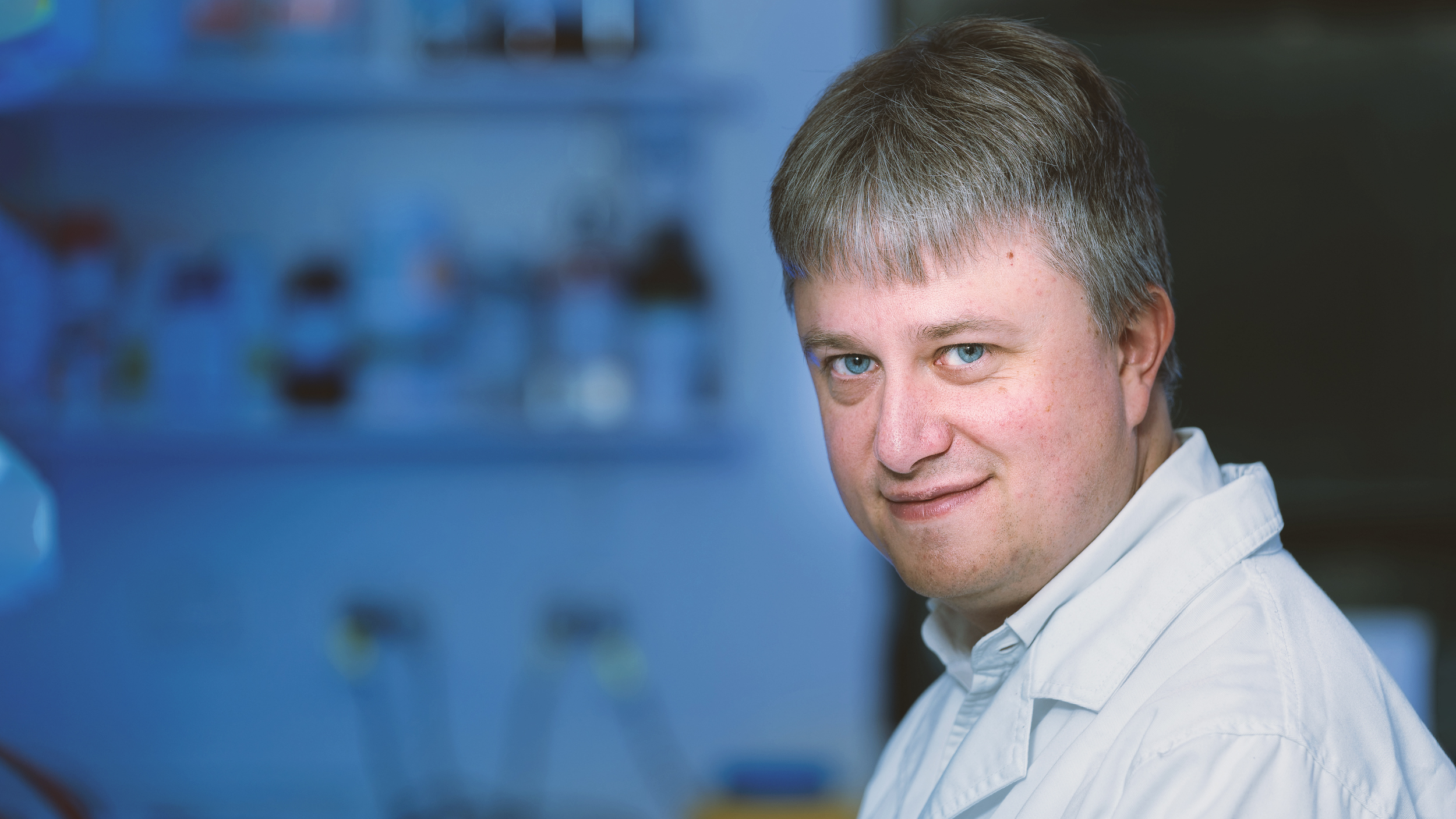Disease detectives: a new frontier in genetic mutations

In hospitals around the globe lay seven patients from six unrelated families.
Separated by thousands of kilometres across 4 different continents, the patients were divided by language, culture, age and sex.
However, they shared a rare similarity. They were united by a new and incredibly rare genetic mutation, one that might just change how we think about immune deficiencies.
This is an example of where detective work meets science. The powers of observation and deduction have been instrumental in exposing this mystery.
Move aside Sherlock Holmes - Associate Professor Anselm Enders from The Australian National University (ANU) alongside an international team of researchers, has uncovered a new genetic mutation.
Colleagues and long-term collaborators in Germany noticed one of the patients was experiencing recurrent severe infections. Sequencing the DNA of this patient led to the identification of an unknown mutation that had a bizarre impact.
"We found a mutation in the transcription factor IRF4. A transcription factor is a protein that binds to a section of DNA and initiates or regulates the production of genes," Professor Enders said.
Collaboration with international colleagues led to the realisation that they had all found patients with a very similar clinical presentation.
"We saw that the patients were all very susceptible to infections, and were subsequently experiencing similar symptoms," Professor Enders said.
"In fact, they all had infections with one particular pathogen, one that is harmless for most people, but causes severe lung infection for those with serious immunodeficiency."
The transcription factor IRF4 is critical for the development of the immune system, especially for crucial players such as B and T cells.
"The mutation in question is different from others. It doesn't just enhance or reduce the ability of the protein to bind to DNA, it also allows the transcription factor to connect with other regions that were previously incompatible," Professor Enders said.
"A mutation will normally cause just one of those responses. For one mutation to do all three is very rare."
This finding has proven that one mutation can cause a host of changes. If this can occur in IRF4, then the researchers believe it is likely to occur in other transcription factors.
"By understanding how mutations of this nature work, we can better understand the mechanisms of disease," Professor Enders said.
This mutation was found through analysis of seven patients across the world, but the implications for the understanding of disease may help countless more.
The research has been published in Science Immunology.
